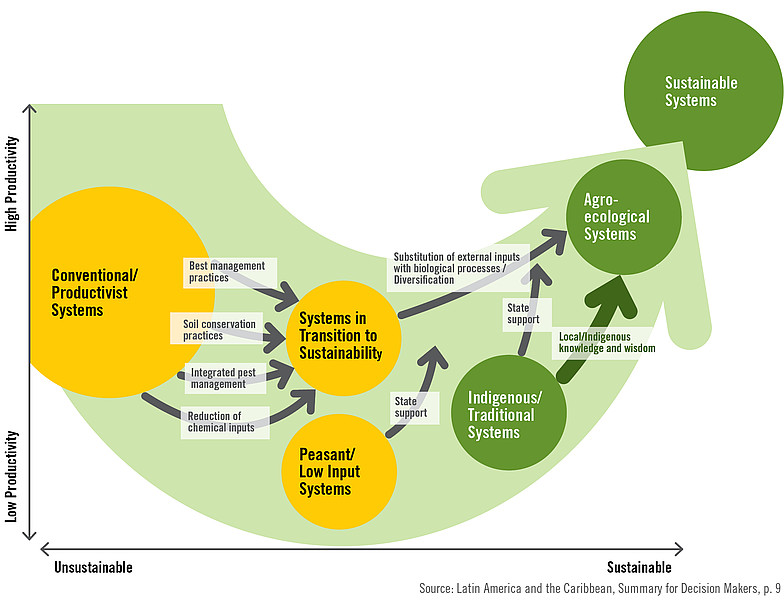Enhancing Soil Carbon Storage In Agricultural Systems

Soil carbon sequestration is a crucial aspect of combating climate change and reducing carbon emissions. It involves the process of capturing carbon dioxide from the atmosphere and storing it in the soil, thereby mitigating its impact on the environment. In recent years, there has been a growing emphasis on enhancing soil carbon sequestration to contribute to carbon reduction efforts. This article explores various strategies, ideas, and recommendations for boosting soil carbon sequestration.
One idea is to promote sustainable agriculture practices that prioritize soil health and organic matter content. This can be achieved through implementing conservation tillage techniques, crop rotation, and cover cropping. By reducing soil disturbance and maintaining vegetative cover, carbon inputs to the soil can be enhanced, leading to improved carbon sequestration.
Another strategy involves the application of biochar, a type of charcoal produced from organic waste materials. Biochar has a high carbon content and a porous structure, which provides an ideal habitat for soil microorganisms. These microorganisms help to stabilize the carbon in the soil, leading to long-term sequestration. Additionally, biochar amendments can improve soil water retention and nutrient availability, further enhancing the overall health of the soil.
What is the role of agroforestry in soil carbon sequestration? Agroforestry is a land-use system that combines trees and crops in a mutually beneficial manner. Trees play a crucial role in carbon sequestration as they absorb carbon dioxide during photosynthesis and store it in their biomass. When trees are integrated into agricultural landscapes, they can contribute significantly to soil carbon sequestration. The shade provided by the trees also helps in conserving soil moisture and reducing evaporation rates, thus improving overall soil health.
Ideas for promoting soil carbon sequestration in agricultural systems include a focus on regenerative farming practices. Regenerative agriculture aims to restore and enhance ecosystem health by adopting practices that rebuild soil organic matter and enhance biodiversity. Some of the key practices include holistic grazing, agroforestry, and the use of compost and organic amendments. By adopting regenerative farming methods, farmers can support the sequestration of carbon in the soil while also improving overall soil health.
What are the recommendations for policymakers to enhance soil carbon sequestration in the agricultural sector? Firstly, it is essential to incentivize farmers to adopt sustainable agricultural practices that enhance soil carbon sequestration. This can be achieved through financial incentives, tax breaks, and subsidies. Awareness campaigns and educational programs can also play a vital role in informing farmers about the benefits of soil carbon sequestration and providing them with the necessary knowledge and tools to implement these practices effectively.
Furthermore, policymakers should encourage research and development in the field of soil carbon sequestration. This can involve funding research projects aimed at understanding the factors that influence carbon sequestration in different soil types and agricultural systems. By investing in research, policymakers can generate valuable insights and knowledge that can inform future policies and strategies for enhancing soil carbon sequestration.
Listicle of benefits of soil carbon sequestration:
- Reduces greenhouse gas emissions
- Improves soil fertility and nutrient cycling
- Enhances water retention in the soil
- Protects against soil erosion
- Promotes biodiversity and ecosystem health
- Supports sustainable food production
- Helps mitigate climate change
- Increases the resilience of agricultural systems
- Contributes to carbon offset programs
- Reduces dependence on synthetic fertilizers
Question & Answer:
Q: How long does carbon sequestration in the soil last?
A: Carbon sequestration in the soil can last for several decades to centuries, depending on various factors such as soil type, climate, and land management practices.
Q: Can soil carbon sequestration be reversed?
A: While it is possible for some of the carbon stored in the soil to be released back into the atmosphere under certain conditions, adopting sustainable land management practices can help maintain and increase soil carbon stocks over the long term.
Summary of Soil Carbon Sequestration:
Enhancing soil carbon sequestration is a crucial component of efforts to combat climate change and reduce carbon emissions. This can be achieved through various strategies such as promoting sustainable agriculture practices, utilizing biochar, and incorporating agroforestry into agricultural landscapes. Policymakers can play a significant role in supporting soil carbon sequestration by incentivizing farmers, investing in research, and raising awareness about the benefits of this practice. By enhancing soil carbon sequestration, we can contribute to a more sustainable and resilient agricultural sector while mitigating the impacts of climate change.
Remember, it is essential to prioritize soil carbon sequestration by adopting sustainable agricultural practices and supporting initiatives that promote its importance. By working together, we can create a healthier and more sustainable future for our communities and the planet.




Post a Comment for "Enhancing Soil Carbon Storage In Agricultural Systems"